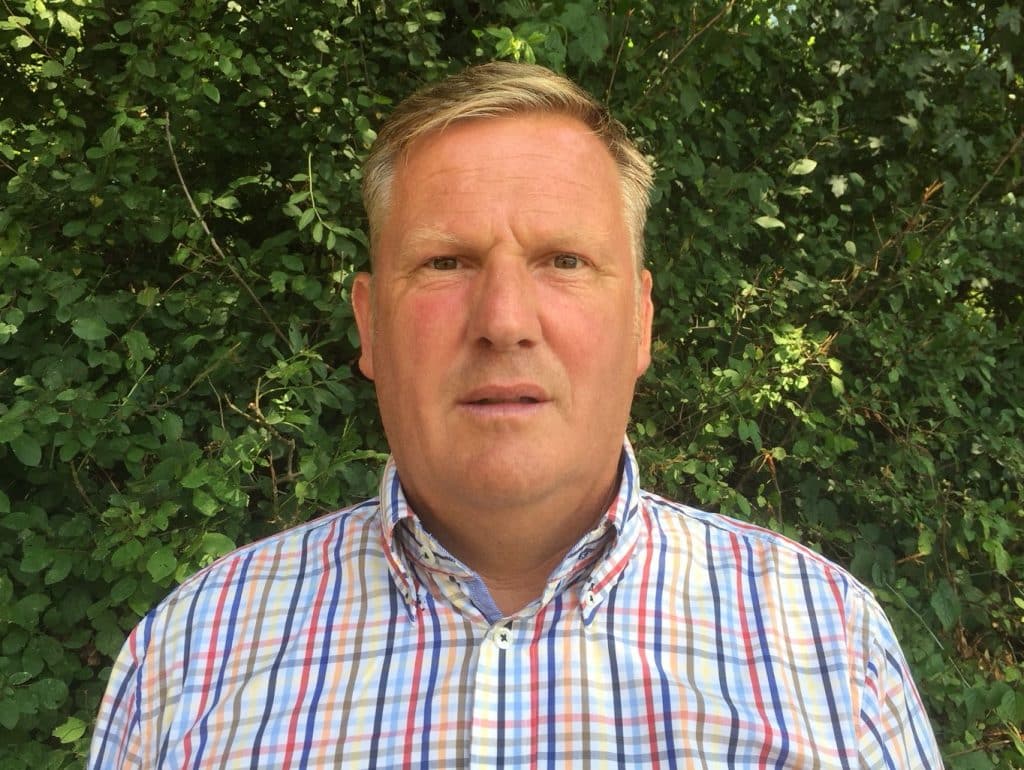The big OSR question – South East Farmer – James Boswell
To drill or not to drill? ...
Following challenging autumn drilling conditions and pillaging by pigeons, slug and cabbage stem flea beetle (CSFB) over the past couple of years, many growers will be questioning the value of including winter oilseed rape in their rotation. So, how can growers make the right decision about growing the crop this autumn?
Agronomist James Boswell believes that this is a decision that can be made at the time of drilling depending on soil conditions.
Lack of moisture in the seedbed has been a dominant factor in the past two seasons, and this must be a key driver in the decision to drill or not to drill.
While no-one can question the havoc that CSFB has brought to crop emergence over the past two seasons, this has been vastly exacerbated by the very dry conditions the crop has been drilled into, hampering its ability to get up and away. We know that increasingly the need for rapid and consistent emergence across the field is being seen as key to avoiding adult beetle grazing.

James Boswell, agronomist
So my advice is: if seedbeds are dry and dusty, don’t waste time and resources sowing OSR, but if conditions are favourable then it is definitely worth a shot. If soils are moist, the oilseed rape seed can absorb this and emerge evenly, thereby diluting the beetle pressure and the crop will have a much better chance of getting up and away.
Once the seed has started germinating it cannot be allowed to dry out in the following seven days; if the seed dries out four days later it will not establish – the soil needs to be able to provide that moisture.
Cultivations play a key role in maintaining moisture. A minimally tilled, fine seedbed with good seed to soil contact is needed for the optimum soil moisture retention. This means not turning over the soils more than two or three centimetres on the surface.
I also suggest rolling a couple of times; the first time to maximise the seed soil contact and the second time to firm the ground so that CSFB cannot get into it easily.
Optimising reductions in CSFB damage in the 2020 crop
- Consider late N application to current wheat and barley crops earmarked for OSR drillings this autumn; 50kg straight granular N shortly after ear emergence to pre-load soil with available N provided N max is not exceeded for current crop.
- Ensure adequate moisture in seed bed during drilling for rapid germination and growth.
- Place P or N+P with the drill.
- Maintain residue cover or compost and cut stubble higher to allow spiders’ webs to be suspended above ground.
- Choose varieties with good autumn vigour.
- Dress seed with Integral Pro or Acceleron seed treatments and/or Radiate.
- Seed rate should not exceed 100ssds/m.
- Focus on seed placement depth, aim for optimum evenness emergence.